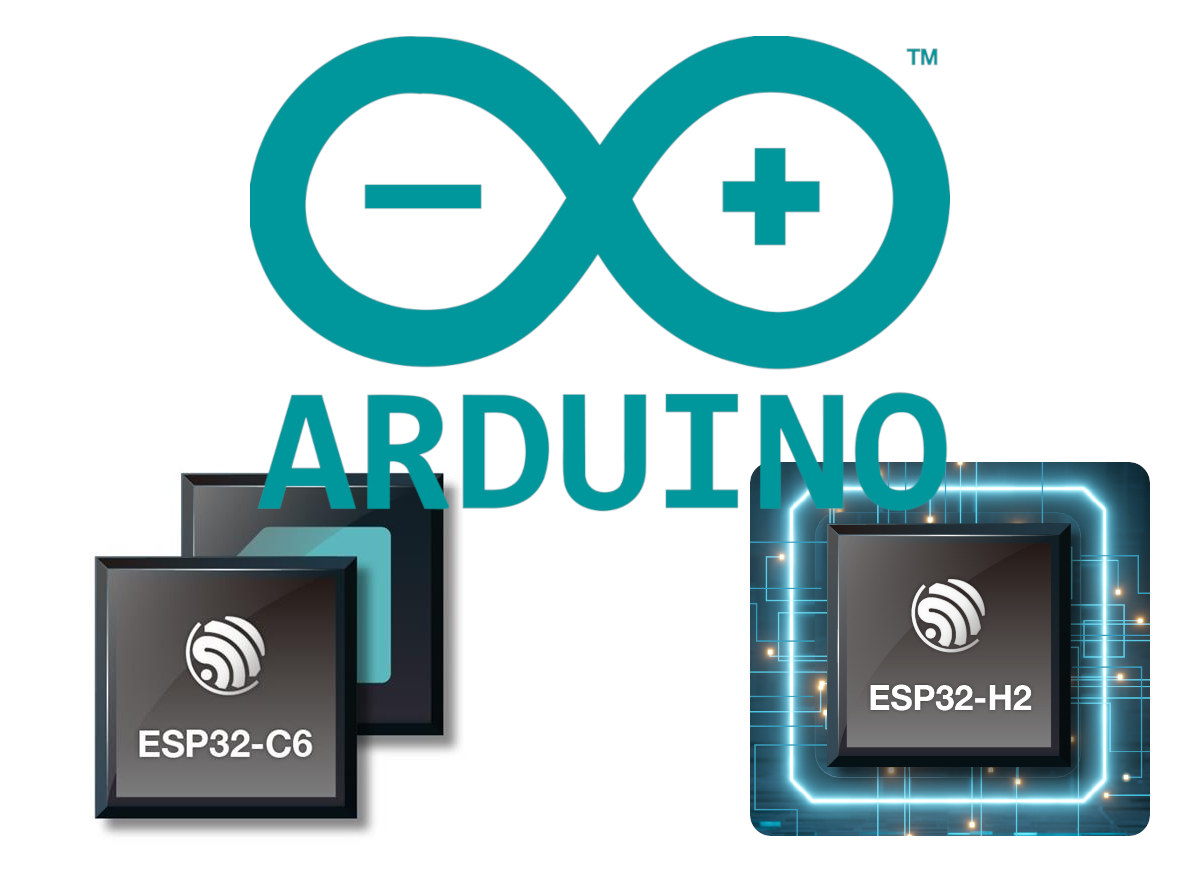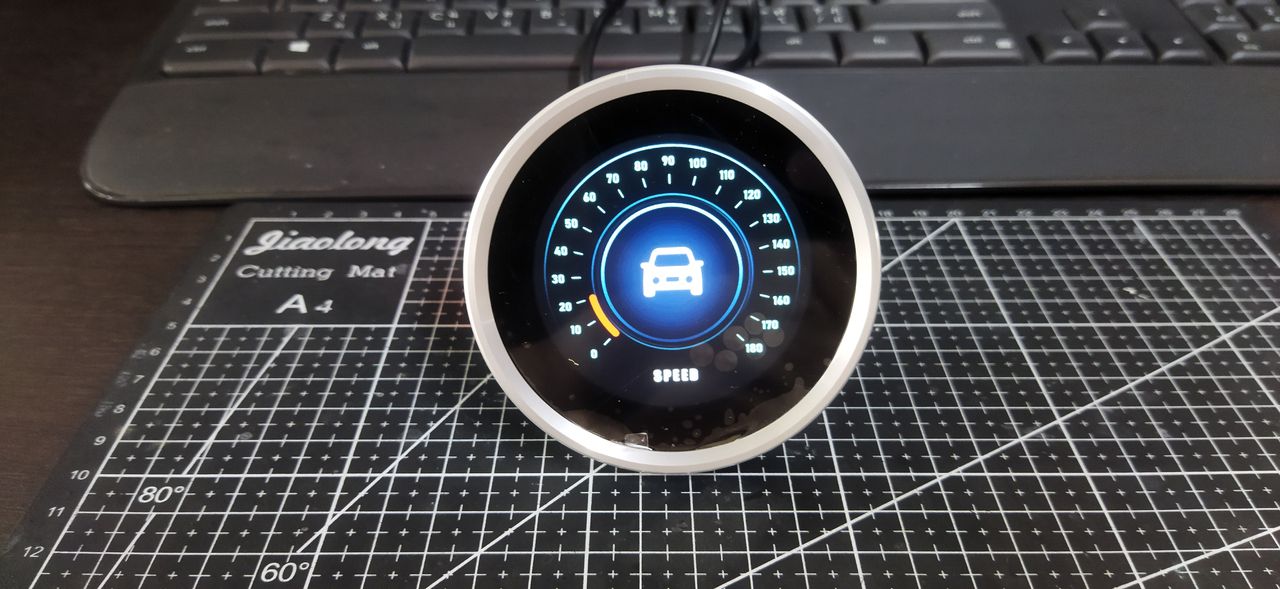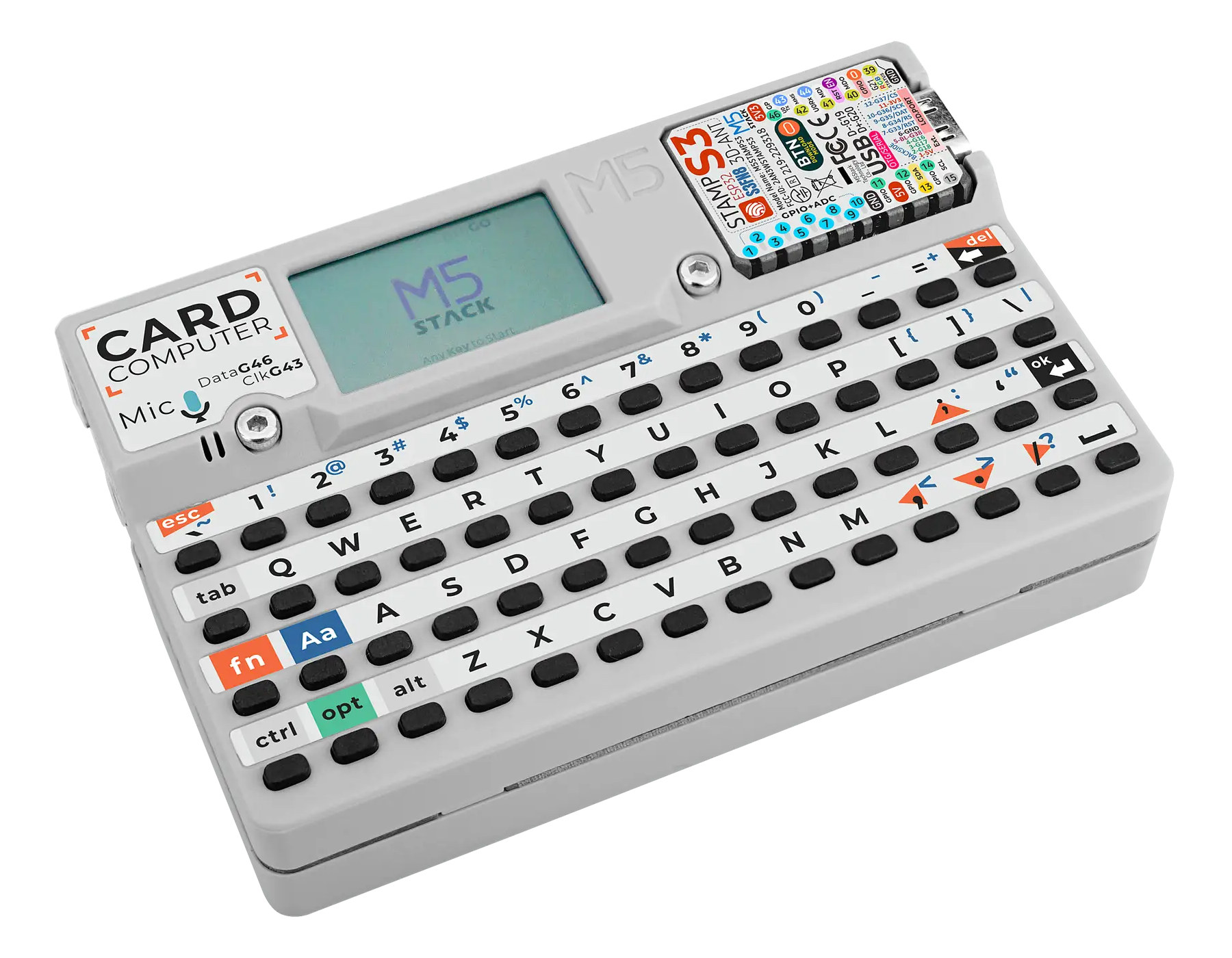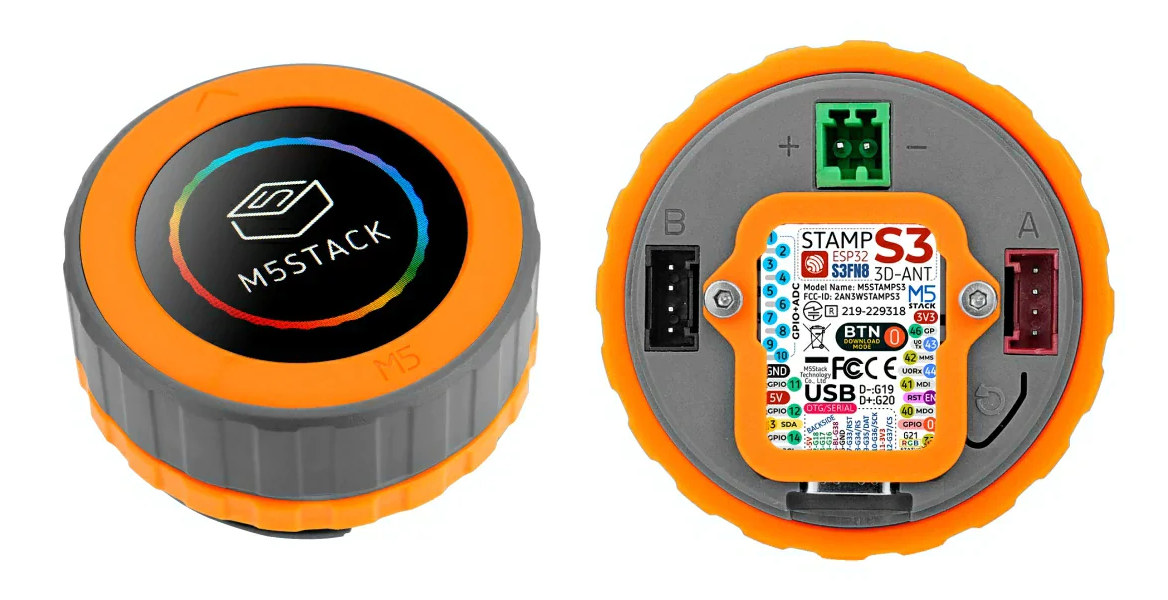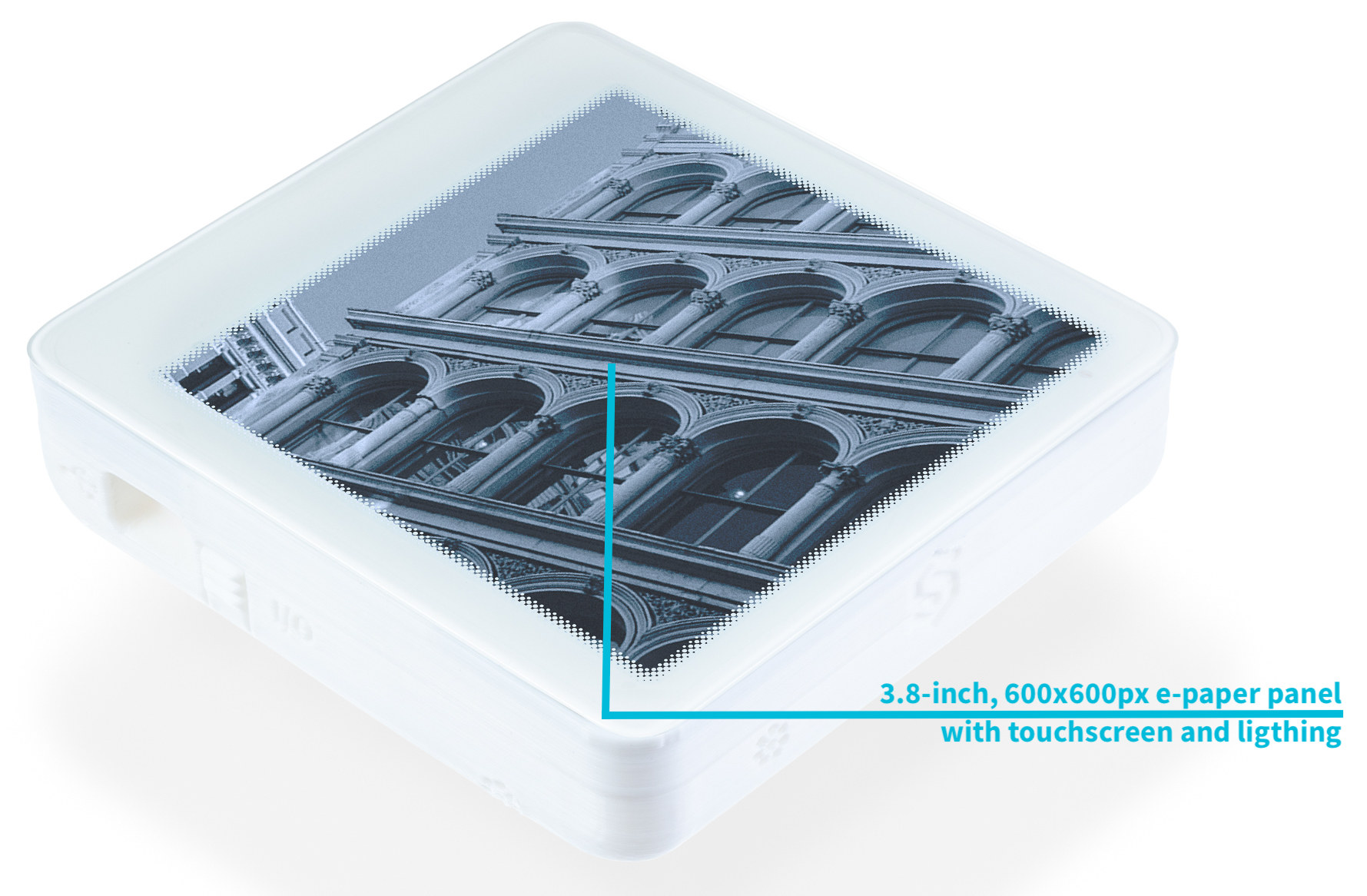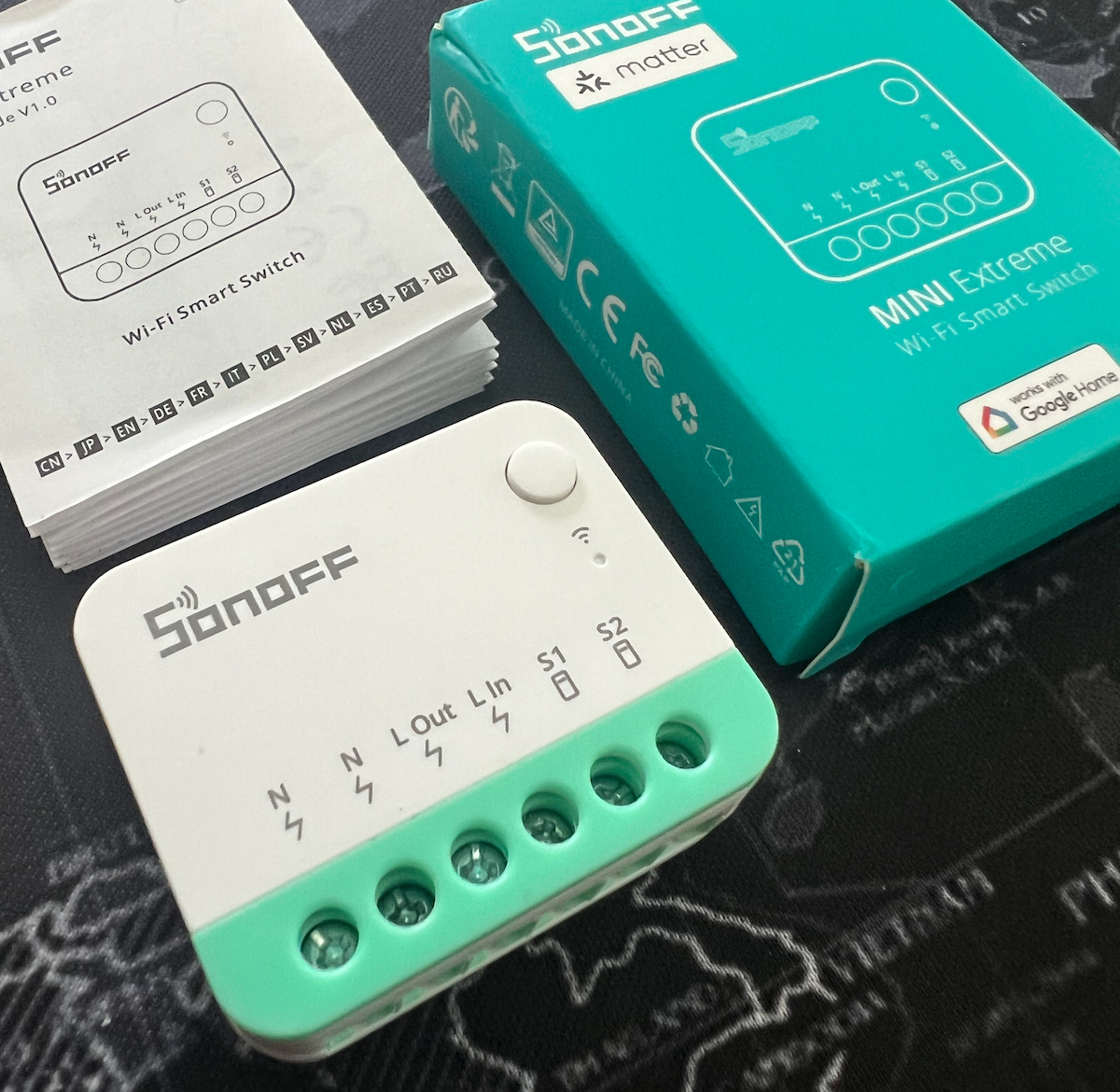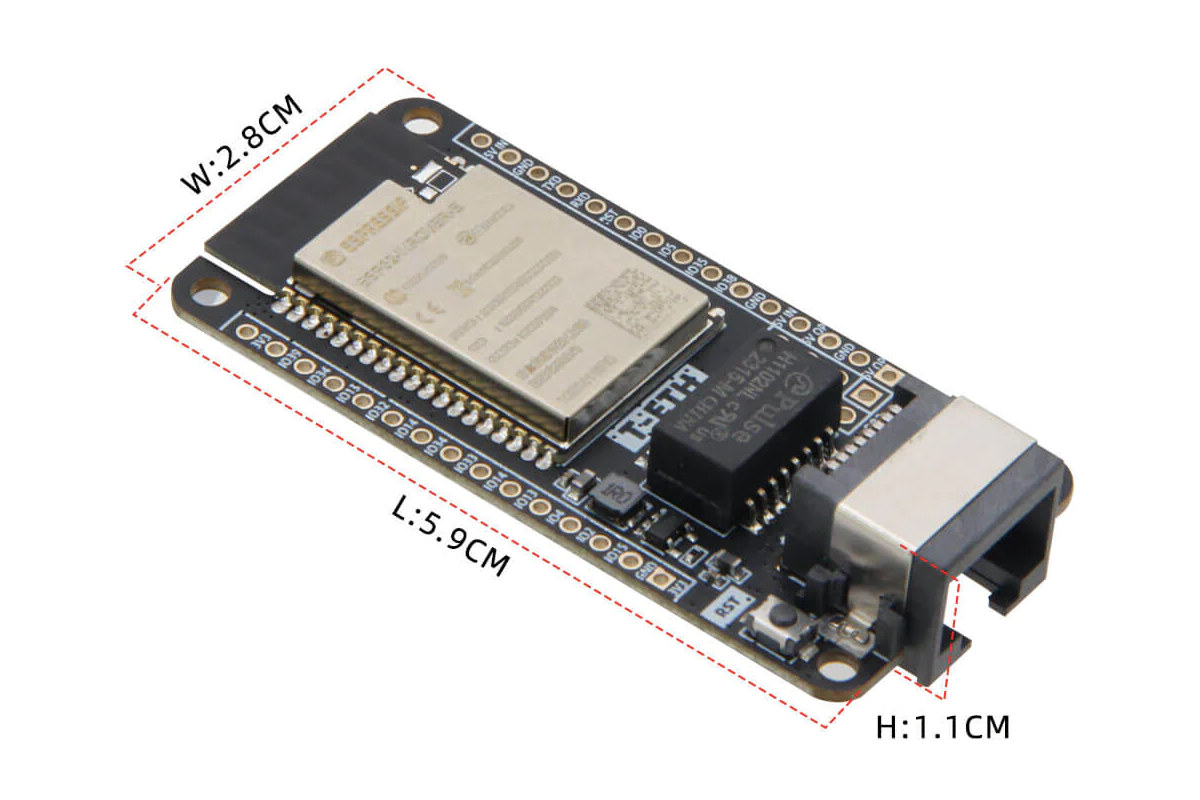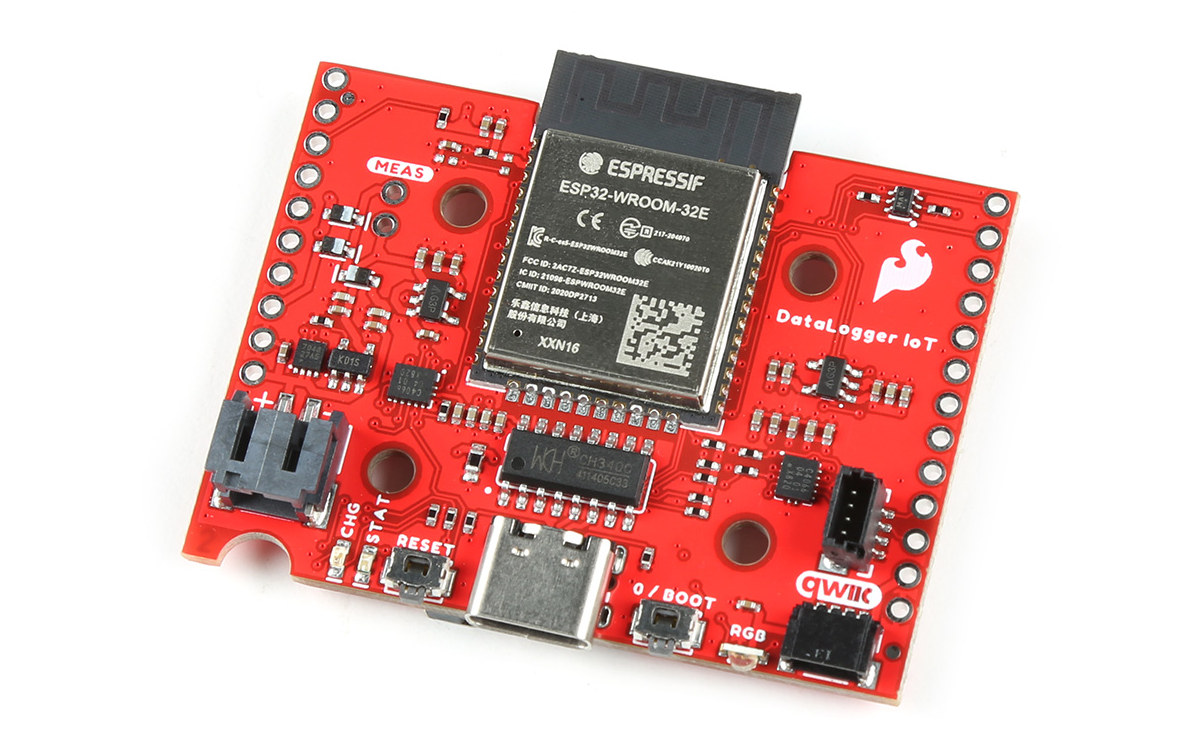Espressif Systems has now released an alpha version of ESP32 Arduino Core 3.0.0 enabling the new ESP32-C6 and ESP32-H2 targets to be programmed with the Arduino IDE, and including a number of new features made possible by the ESP-IDF 5.1 SDK. Announced in 2021, the ESP32-C6 WiFi 6, Bluetooth 5 LE, and 802.15.4 wireless MCU became available in modules and devkits at the beginning of this year, but so far they could only be programmed with the latest version (5.1) of the ESP-IDF framework, and so was the new ESP32-H2 Bluetooth 5.2 and 802.15.4 (Zigbee/Thread) MCU. But fans of Arduino programming can now rejoice as an alpha version of ESP32 Arduino Core 3.0.0 brings support for the new microcontroller, and a stable release is planned for December 2023. But as you can probably imagine ESP32 Arduino Core 3.0.0 will also bring lots of other changes since the ESP32 Arduino Core […]
Review of MaTouch ESP32-S3 Rotary IPS Display with a 2.1-inch round touchscreen display
The product we are reviewing today is the “MaTouch ESP32-S3 Rotary IPS Display with Touch 2.1” ST7701″ from Makerfabs which offers an alternative to the MaTouch_ESP32-S3 4-inch Display Demo Kit that we reviewed a few months ago. Just like the earlier model, the new kit is equipped with an ESP32-S3-WROOM-1-N16R8, featuring 16MB of flash memory and 8MB of PSRAM. This device supports both Wi-Fi and Bluetooth 5.0 wireless communication and offers connectivity options through I2C and UART ports for interfacing with external devices. The display features a round IPS panel with a resolution of 480×480 pixels, capacitive touch capability, and LVGL library support. Additionally, it includes a mechanical rotary encoder and supports press operations. MaTouch ESP32-S3 Rotary IPS Display specifications Controller: ESP32-S3-WROOM-1, PCB Antenna, 16MB Flash, 8MB PSRAM, ESP32-S3-WROOM-1-N16R8 Wireless: Wi-Fi and Bluetooth 5.0 LCD: 2.1-inch High Lightness IPS,65K color LCD Driver: ST7701S FPS: > 70 Resolution: 480×480 LCD interface: […]
M5Stack Cardputer – A $30 card-sized ESP32-S3 computer with display and keyboard
M5Stack Cardputer is a card-sized portable computer based on the ESP32-S3-powered M5Stamp S3 wireless module and equipped with a 56-key keyboard and 1.14-inch TFT display, plus some sensors and peripheral expansion ports. At first, it’s hard to imagine what it could be used for apart from being a hardware hacking toy, but the company says the card-sized WiFi computer can be used for rapid functional verification, industrial control, and home automation systems. M5Stack Cardputer specifications: Wireless MCU module – M5Stack M5Stamp S3 with SoC – Espressif Systems ESP32-S3FN8 dual-core 32-bit Xtensa LX7 microcontroller with AI vector instructions up to 240MHz, RISC-V ULP co-processor, 512KB SRAM, 2.4GHz WiFi 4 (802.11b/g/n), Bluetooth 5.0 BLE + Mesh, 8MB flash 2.4GHz 3D antenna USB – 1x USB Type-C port Expansion connectors for I/Os such as SPI, I2C, UART, ADC, and more Storage – MicroSD card socket Display – 1.14-inch IPS LCD with 240×135 resolution […]
M5Dial – An ESP32-S3 smart rotary knob with a touchscreen display
M5Stack M5Dial is a WiFi and Bluetooth-connected smart rotary knob with a round 1.28-inch touchscreen TFT display powered by an ESP32-S3 board, more precisely, the M5Stamp S3 IoT module. The user-programmable device comes with a rotary encoder recording the position and direction of the knob, an RFID module, an RTC, a buzzer, and under-screen buttons, as well as two Grove connectors for expansion enabling all sorts of projects. M5Dial specifications: Wireless MCU module – M5Stack M5Stamp S3 with SoC – Espressif Systems ESP32-S3FN8 dual-core 32-bit Xtensa LX7 microcontroller with AI vector instructions up to 240MHz, RISC-V ULP co-processor, 512KB SRAM, 2.4GHz WiFi 4 (802.11b/g/n), Bluetooth 5.0 BLE + Mesh, 8MB flash 2.4GHz 3D antenna USB – 1x USB Type-C port Expansion connectors for I/Os such as SPI, I2C, UART, ADC, and more Display – 1.28-inch TFT display with 240×240 resolution using GC9A01 driver, and FT3267 capacitive touchscreen controller RFID – […]
Inkplate 4 TEMPERA ePaper display supports ESPHome, Arduino, and MicroPython (Crowdfunding)
Years after years, Soldered Electronics keeps on churning out new ESP32-powered ePaper displays and the latest model is the Inkplate 4 TEMPERA with a recycled 3.8-inch e-paper touchscreen with 600×600 resolution and plenty of sensors and features for a device of that size. The InkPlate 4 TEMPERA comes with a frontlight, a gyroscope, an accelerometer, temperature, humidity, air quality, and gesture sensors, Wi-Fi and Bluetooth connectivity, a built-in battery, and a low-power operating mode. Inkplate 4 TEMPERA specifications: Wireless module – ESP32-WROVER-E with ESP32 dual-core microcontroller with Wi-Fi 4 & Bluetooth 4.0 connectivity Memory – 8MB PSRAM Storage – 4MB flash PCB antenna Storage – MicroSD card slot Display (ED038TH2) 3.8-inch 3-bit grayscale (black, white, and six shades of gray) ePaper display with 600 x 600 pixels resolution Refresh rate 0.18s partial refresh rate in 1-bit (B&W) mode 0.86s full refresh mode in either 1-bit or 3-bit modes Multi-point touchscreen […]
Review of the first Matter device by SONOFF – MINI Extreme Wi-Fi Smart Switch (MINIR4M)
We have just received the first Matter product from SONOFF for review, which is the Mini Extreme Switch (MINIR4M) model. Its external appearance closely resembles the Mini Extreme Switch Wifi (MINIR4) which we reviewed previously. They have different colors to distinguish between WiFi (Orange) and Matter (Green). In this review, we have experimented with various Smart Home platforms that support Matter, such as Home Assistant, Apple HomeKit, Google Home, and even their own eWeLink app. Let’s see how their operations and features differ to some extent. Quick intro for Matter. We have heard Matter/Thread together in the news. Matter is a control protocol, while Thread is a communication protocol. Both protocols can work together, or separately. Matter can operate on the top of various communication protocols, including WiFi, Ethernet, BLE, or Thread, with subtle differences such as energy efficiency, network, and resiliency. What’s crucial to note is that Matter acts […]
LILYGO T-ETH-Lite – An ESP32-S3 board with Ethernet, optional PoE support
LILYGO T-ETH-Lite ESP32-S3 is a new ESP32-S3 WiFi and Bluetooth development board with a low-profile Ethernet RJ45 connector using a WIZnet W5500 Ethernet controller, supporting PoE with an extra shield, and also equipped with a microSD card socket and expansion I/Os. ESP32-based development boards with Ethernet have been around for years including LILYGO’s own “TTGO T-Lite W5500“, but so far we haven’t many based on the more recent ESP32-S3 microcontroller except for the SB Components’ ESPi board that we covered last April. But LILYGO T-ETH-Lite ESP32-S3 adds another cost-effective board with Ethernet. LILYGO T-ETH-Lite ESP32-S3 specifications: Wireless module ESP32-S3-WROOM-1 MCU – ESP32-S3 dual-core LX7 microprocessor @ up to 240 MHz with Vector extension for machine learning Memory – 8MB PSRAM Storage – 16MB SPI flash Connectivity – WiFi 4 and Bluetooth 5 with LE/Mesh PCB antenna Storage – MicroSD card slot Connectivity 802.11 b/g/n WiFi 4 up to 150 Mbps and […]
Sparkfun launches cheaper no-code “DataLogger IoT” board compatible with Qwiic modules
Last May, SparkFun introduced the “Datalogger IoT – 9DoF” no-code platform with support for over 50 Qwiic sensor modules and a built-in 9-axis IMU sensor and magnetometer. Taking into consideration that some users may not make use of the built-in sensors, the company decided to launch a cheaper version called the “DataLogger IoT” that can still get data from Qwiic sensor and GPS modules without any programming thanks to the “no-code” Arduino firmware preloaded on the ESP32-WROOM-32E module. SparkFun DataLogger IoT specifications: Wireless module – ESP32-WROOM-32E with: ESP32 dual-core microcontroller 4MB flash 2.4 GHz WiFi and Bluetooth LE connectivity, built-in PCB antenna Storage – MicroSD card slot USB – 1x USB Type-C port for power and configuration via CH340C Expansion – 2x Qwicc I2C connectors for sensors and/or GPS module Misc Boot and Reset buttons Status and charging LED, WS2812 RGB LED Jumpers to enable/disable LEDs, I2C pull-up resistors, and […]

